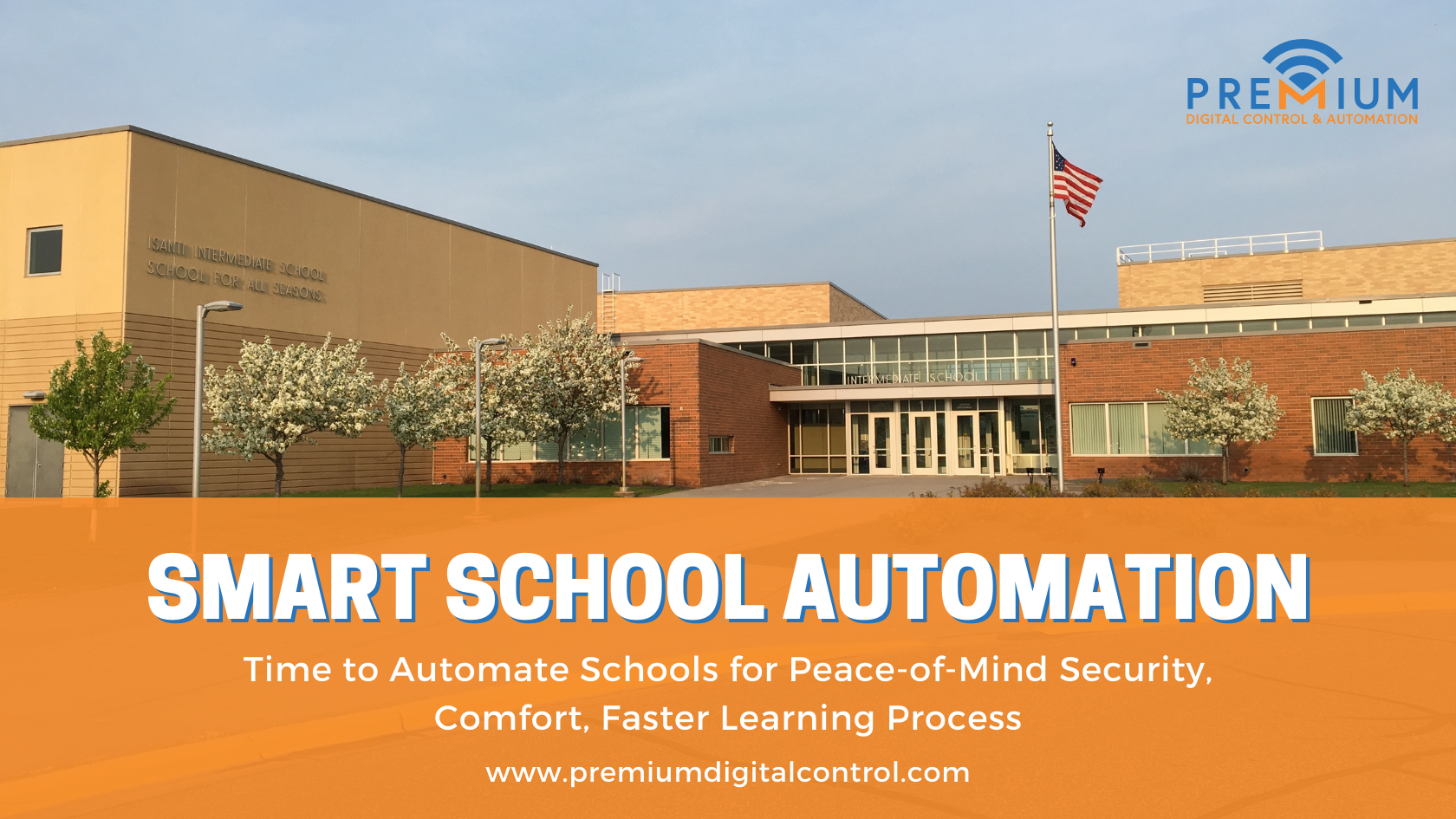
HOLLYWOOD, FL–It’s common for students to learn technology in classrooms. Not so common is the environment they need to learn technology. It’s time for the automation of schools. It’s time for smart buildings that offer peace-of-mind security, a comfortable environment and if lectures can be recorded, a faster and highly adaptive learning process for students of all ages.
South Florida has many educational institutions that should be equipped with the latest surveillance systems and cameras designed for lectures, especially in light of the post-pandemic and more secure-conscious world people live in now.
Nationwide, Broward County is ranked 6th with 270,978 enrollments, according to Education Week, a trusted source for K-12 education news and information.
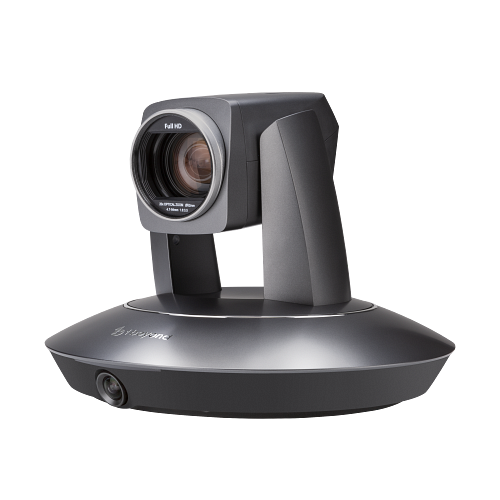
For many of these schools, a Crestron Intelligent Video system or the IV-CAMA2-20-N-SLVR-1B is ideal for lecture capture. It has a voice-activated switching camera that ensures smooth intercutting between speakers. The camera also makes it possible to automate camera operations with no personnel and still have the viewing experience of a manned camera. Watch the video demo.
Schools in South Florida could benefit from having smart technology as it can ultimately lower operating costs, maintain safety and provide students an overall great experience.
Modernizing the education sector now requires next-level technological solutions that don’t just require the upgrade of one classroom but a school’s entire facility or entire building. The best part about using smart technologies on an enterprise level is that they can be built to scale.
For many years, educational institutions have used the usual technology systems – student ID cards, wireless door locks and lockdown protocols and secure systems; the latter now is where most budgets go. But that has been done many times.
K12 to college-level educational institutions and even various training centers have different requirements and needs when it comes to smart technology – some with scaled down automation systems, others with all the essential systems in place and still others with the vision to build for the future. One needs a smart technology integrator like South Florida’s Premium Digital Control & Automation. It can plan, design, install and program enterprise-level A/V solutions based on customer’s needs.
Below are some of the benefits of smart technologies in educational institutions:
1. Surveillance cameras can help deter crime, bullying and untoward incidents
Some educational institutions have added cameras to deter crime, bullying, and school violence, but a more integrated surveillance system will be needed for full coverage.
Fortunately, most of Florida’s school districts’ highest priorities for their school facility are aimed at improving security, expanding student access to technology and monitoring health hazards, according to GAO’s school district survey.
Having an integrated surveillance system offers many benefits, including the following:
- Helps deter crime and school violations
- Allows the school to monitor and manage bullying issues
- Acts as a preventive measure against vandalism and trespassing
- Monitors the school indoors like the hallways and outdoors like the grounds for any untoward incident or health hazards
- Provides documentation and evidence in certain warranted cases
One cannot talk about student access to their schools without talking about RFID (radio frequency identification) badge scanners.
Badge scanners from leading automation manufacturer Crestron feature an automatic login feature, so one can see who is supposed to be in a class without having to conduct a roll call. This is a powerful tool to enable school planning in today’s increasingly hybrid offices.
Different school levels have their own top priorities. The Education Commision of the States’ (ECS) laws and regulations pertaining to K-12 school safety require schools to have a safety plan, safety audits and security drills, among other guidelines.
But moving forward, top architectural firms think open layouts are the way to go for K-12 learning environments. These school layouts emphasize glass partitions and uninterrupted lines of sight that borrow from Google’s, and Apple’s campuses.
They will need to partner with smart integrators to add in any smart surveillance technology in this type of school layout.
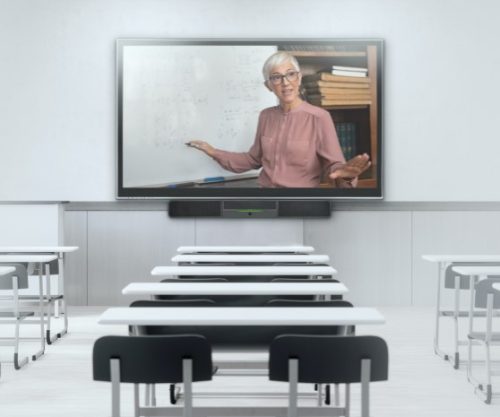
2. Get enterprise-level A/V solutions for both onsite and virtual classes
While all school levels nowadays require some level of virtual classroom instruction and interaction, colleges and universities have a different set of challenges compared to K-12 and high school levels.
Tapping scalable enterprise-level education solutions are sufficient to future-proof educational institutions in an increasingly hybrid world.
With Crestron’s best-in-class video conferencing product Flex, educator-to-educator meetings and educator-to-student-classes will find this a convenient and efficient way to seamlessly connect and securely connect everyone.
Schools could also benefit from using Crestron’s Flex Scheduling technology. It offers flexibility and organization even without being physically present at school. With its scheduler, one can book rooms from a desk, personal device, or on the spot using enterprise-grade scheduling panels.
For wireless presentations, the automation manufacturer also has AirMedia. Since students these days use different types of computing device, Crestron’s AirMedia technology can allow for presentation of content from laptops, smartphones and tablet devices via a Wi-Fi wireless network or an optional wireless access point. AirMedia enables presentation of full HD video at frame rates up to 30 fps, which should make any text heavy-presentation clear for most students and educators.
The best part about having all these technologies in schools these days is that they can all work together. With your A/V system, you can invest in having a more holistic approach to making your school or building smarter.
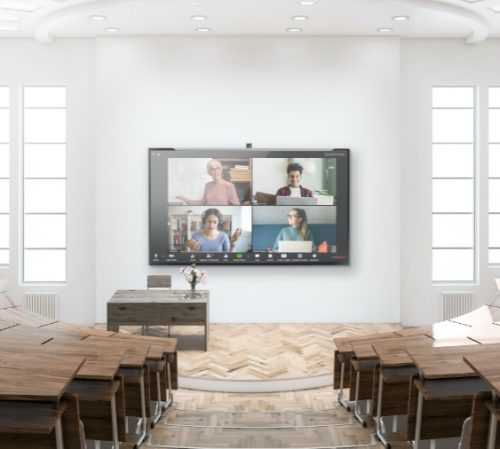
3. Get an energy-efficient HVAC system for ultimate savings
According to the US Department of Energy, an energy-efficient school district with 4,000 students could save as much as $160,000 a year in energy costs. Over a 10-year period, those savings can reach $1.6 million. Schools can allocate more budget then to hiring more teachers, buying more computers, or upgrading instructional materials.
Having HVAC (heating, ventilation and air conditioning) controls can manage energy use, limiting consumption in unoccupied parts of a school and reducing usage during peak hours. About half (an estimated 54 percent) of public school districts need to update or replace multiple building systems or features in their schools, according to GAO, the Government Accountability Office, in its national survey of school districts.
For example, an estimated 41 percent of districts need to update or replace HVAC systems in at least half of their schools, representing about 36,000 schools nationwide that need HVAC updates.
Keeping classrooms insulated can be a challenge, especially the heating and cooling systems – the biggest expense in most schools. Educational institutions will need an energy management system that ensures that energy is consumed in a structured and timely manner and excess energy is rarely generated.
4. Balance daylight with smart lighting to keep students focused
Studies have shown the potential connection between the use of daylighting in classrooms and improvements in student performance and attendance while also reducing electrical usage.
Both schools and students clearly benefit from daylighting – that is, if the school was built for letting natural light in. Daylighting is the practice of placing windows, skylights and other openings against the sun to provide spaces with effective internal lighting.
The need for daylighting is just as vital as having a smart illumination system or a tunable-white technology. The latter can help fend off glare from the sun’s intensity and adjust illumination; it helps to have automated window treatments as well. Tunable lighting can help boost a student’s concentration level and attention span.
Different classrooms should also be able to set up lighting in different ways – for quiet reading in soundproof rooms and for group activities that are aimed at making the students interact more with their classmates. Room deadening to eliminate loud echoes and noises are good options. Colors and intensity level can also be adjusted even by instructors looking to make their students in their classroom more engaging.
Classroom lighting can be customized and installed with a motion sensor where it automatically switches on and off when there’s no one around. For certain areas that need specific lighting instructions, a good lighting plan can be designed. For example, there are smart lighting systems that make use of longer-lasting bulbs to reduce maintenance. LED lights are ideal as they consume unnecessary energy. Blue and white LED lights are simply the best colors for studying, because they mimic daylight.
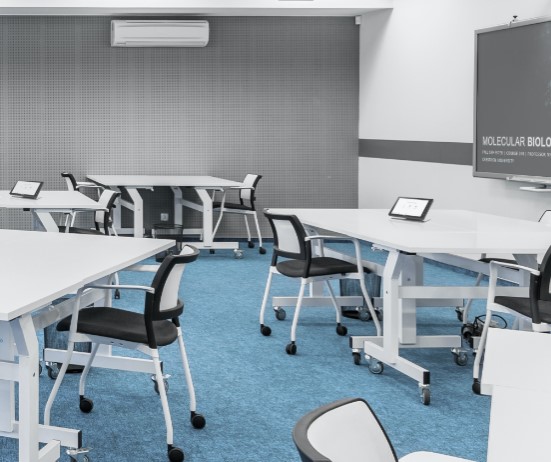
5. South Florida schools need a flood protection system
School officials in South Florida have been known to address mold and mildew issues due to frequent flooding and high humidity in their facilities. During heavy storms, school personnel find themselves working to clear drains and place sandbags in an attempt to mitigate water intrusion and flooding. It’s common to see school personnel work to clear drains and place sandbags in an attempt to to mitigate water intrusion and flooding.
Oftentimes, though, the damage is already there. Schools need a preventive measure before the flood happens. Using sensors to detect moisture is one way of going about it. Sensors can be placed in floor-prone areas around the school.
Placing a chosen device near a toilet, under a sink or in a basement, one can set up an alert that can be sent directly to a mobile or touch screen device. Leaks can be addressed right away before it’s too late. It’s a great investment for educational institutions to consider before the rainy season starts again in Florida.
Final thoughts
Having a structured system will be the key to preparing educational institutions for the future – a future that will help schools lower operating costs, maintain safety and improve the overall experience of both educators and students in their school facilities or online, seamlessly and securely connected for taking education to the next level.
But it has to be made clear that what you may read about smart technologies for spaces or workplaces or other commercial establishments are going to be different when it comes to educational institutions – and you’ll need a smart space integrator with the capabilities to build a smart school for you.
On a basic level, South Florida schools need a centralized HVAC (heating, ventilation and air conditioning) systems, energy-saving smart lighting with motion sensors, enterprise-level A/V solutions, and a flood protection system. They can all be integrated together and used easily with a mobile device or touch screen panel to make schools operate efficiently with safety, security and efficiency in mind. Future-proofing them is the next logical step for the future smart school building. (Dennis Clemente)

